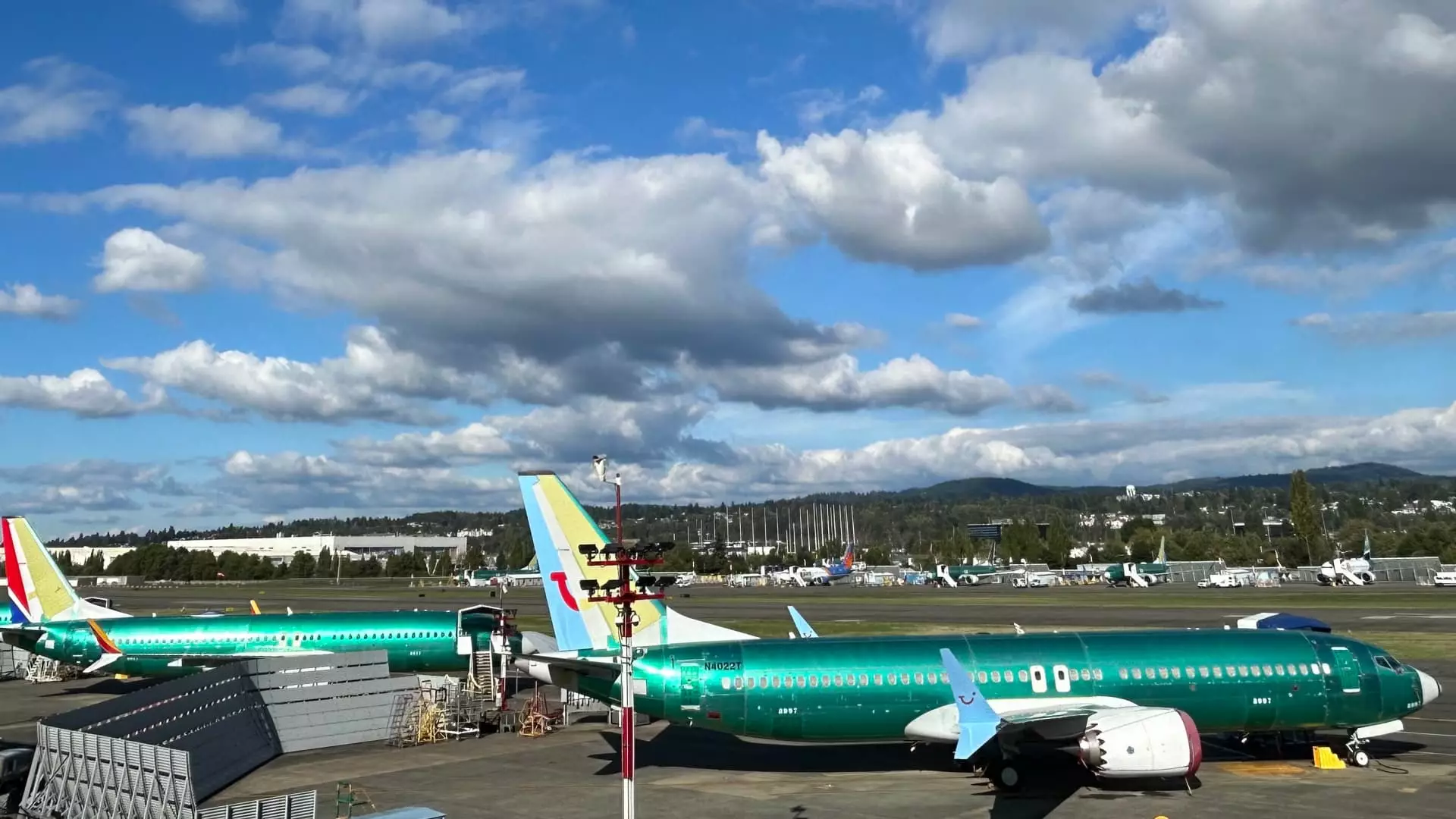The new Air Force One project, aimed at delivering a pair of Boeing 747s to serve as the official presidential aircraft, has faced significant hurdles, leading to frustration from President Donald Trump. Initially negotiated during his first term, the $4 billion contract has spiraled into a situation marked by cost overruns exceeding $2 billion and years of delays. As the nation looks to the future of presidential air travel, the challenges faced by Boeing can illuminate broader issues within the aerospace industry.
Recently, President Trump expressed visible frustration over the prolonged wait for the new jets. During discussions and media engagements, he hinted at exploring alternative aircraft options due to the uncertainty about whether these new planes would be ready by the end of his current term. This predicament speaks not only to the pressures of political expectations but also to the complexities of aerospace manufacturing. Just as the president is held to high standards, so too must contractors like Boeing ensure timely delivery and meet the demands of their most significant client – the Commander in Chief.
In light of these delays, notable figures in technology and aerospace are stepping up to help expedite the process. Elon Musk, the innovation-driven CEO of SpaceX, has been enlisted to collaborate with Boeing to streamline operations and eliminate non-essential constraints that hinder progress. These interventions highlight a fascinating intersection between traditional aerospace and contemporary technological practices. Musk’s influence serves not just to speed up aircraft delivery, but also brings a fresh perspective to an industry known for its stringent methodologies.
Boeing’s predicament is not unique to the Air Force One project. The company’s ongoing struggles resonate throughout the aviation sector, particularly as airlines begin to recover from pandemic-related disruptions. For many airlines, the quest for new aircraft has been stymied by escalating costs and prolonged timelines. The recent chaos surrounding Boeing has raised alarm bells not just for government contracts but also for commercial operators. The implications are profound; if major airlines face delays and supply chain issues, this may hinder overall market recovery.
Despite these challenges, there’s a glimmer of hope within the aviation community. Following changes in leadership at Boeing, executives from prominent airlines have reported increased confidence in the company’s ability to meet delivery schedules. Airlines like United and Southwest have expressed optimism regarding the upcoming deliveries of aircraft, indicating that Boeing is making strides toward regaining its reputation as a reliable supplier. This renewed faith signifies the potential for recovery and stability in an industry rife with uncertainty.
Future Production Goals and Strategies
As attention turns to the future, Boeing’s executive leadership is keen on ramping up production capabilities, particularly of their popular 737 Max aircraft. With plans to boost production to 38 planes per month, the company is focused on solidifying its place as a leader in commercial aviation once again. By addressing supply chain challenges head-on, Boeing hopes to create a more reliable framework for delivering not only the presidential aircraft but also fulfilling the needs of airlines that depend on these essential services.
The journey toward procuring the next generation of Air Force One is emblematic of the larger struggles and transformations occurring within the aerospace industry. While President Trump’s dissatisfaction casts a shadow over the project, the involvement of visionary leaders like Elon Musk and a renewed commitment from Boeing may harbinger a new era of efficiency and reliability. As the airline industry continues to recover from the aftershocks of the pandemic, the successful delivery of these aircraft will symbolize not just the culmination of a lengthy process, but also the resilience and adaptability of the aviation sector as it navigates through turbulent skies.

